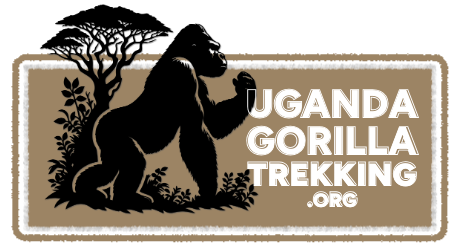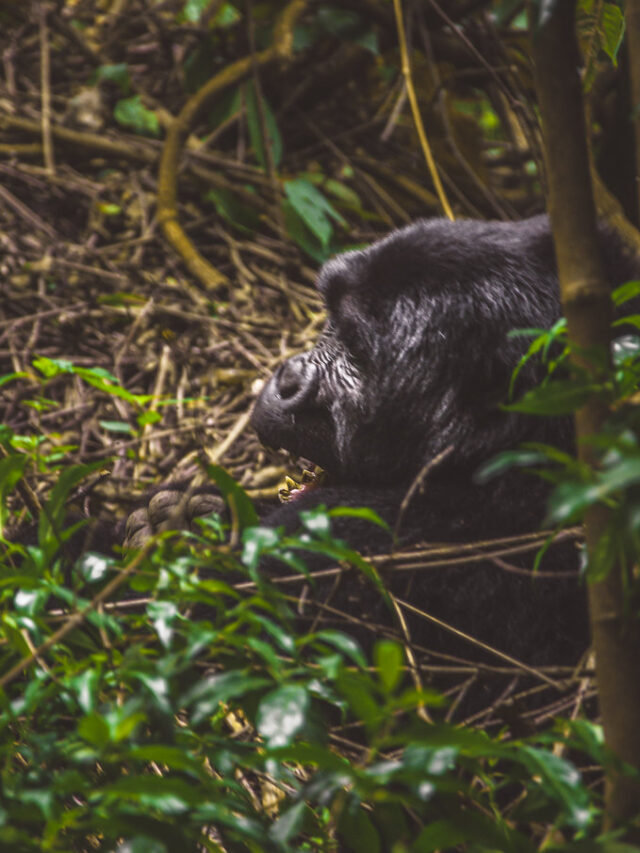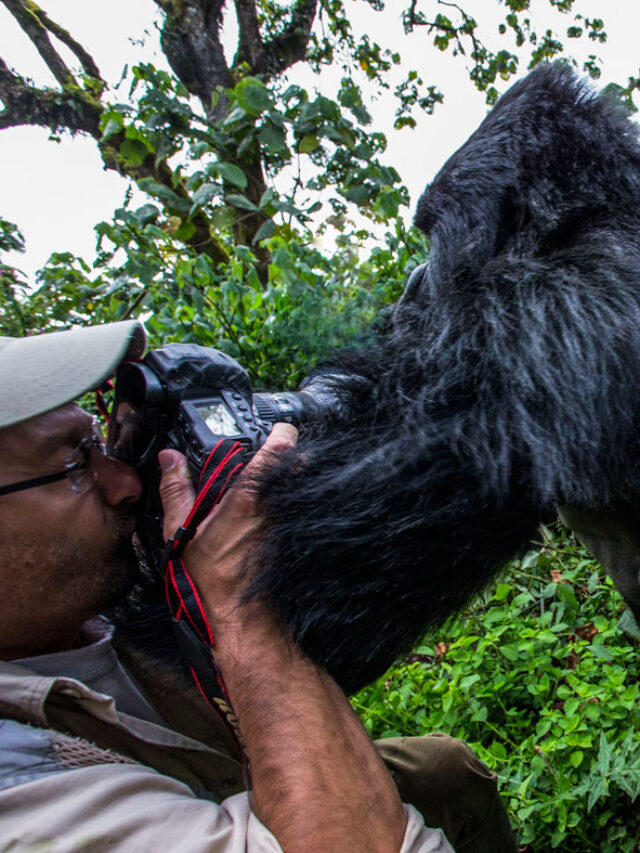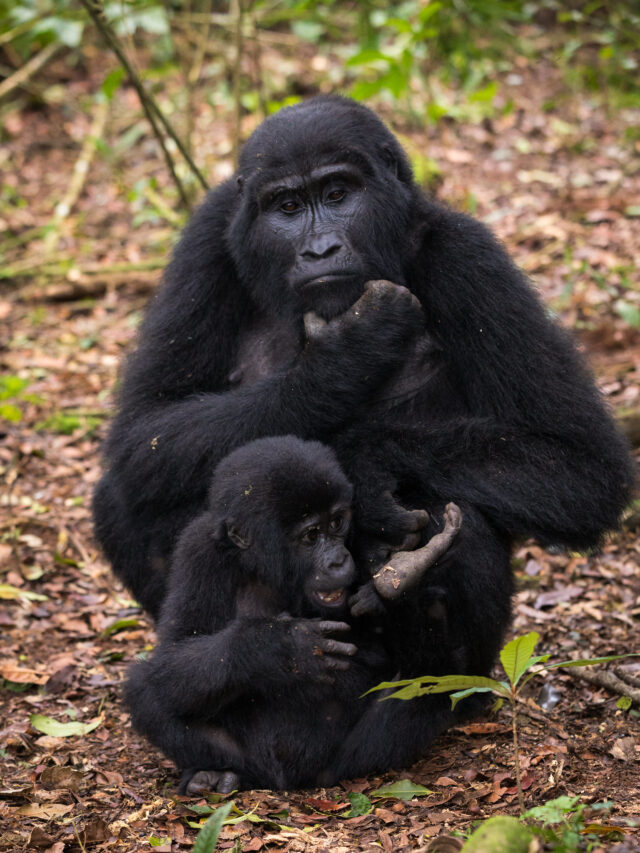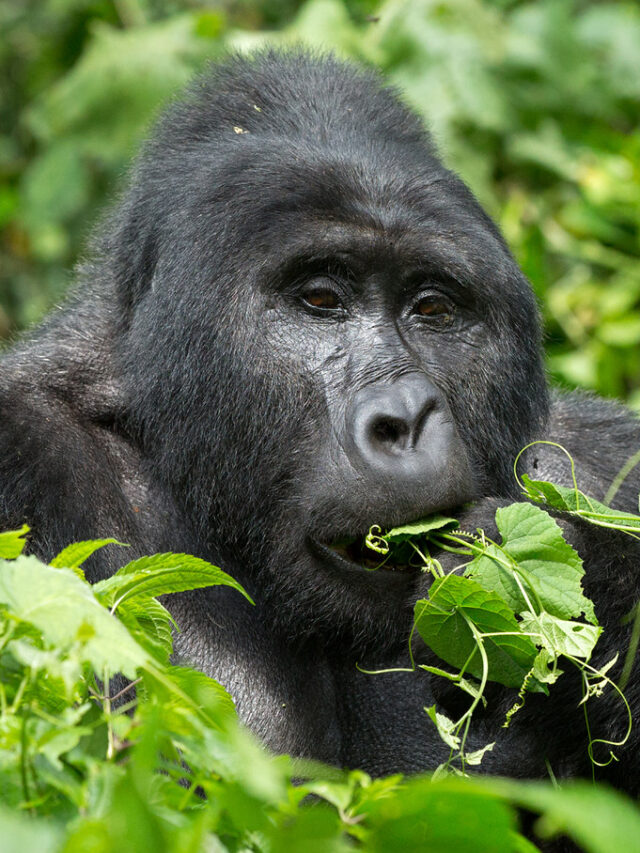Gorilla Trekking in January: Why the Dry Season Is the Perfect Time for a Life-Changing Encounter
Gorilla Trekking in January: A Complete Experience
Gorilla trekking in Uganda or Rwanda is an adventure that sits at the top of many travel bucket lists, and for good reason. Few wildlife encounters in the world rival the moment you come face-to-face with a giant silverback or watch playful juveniles tumble through the forest undergrowth. Choosing to trek in January gives you a unique advantage, as this month falls within the short dry season in East Africa. The weather, trail conditions, and overall trekking atmosphere make it one of the best times of the year to embark on this life-changing journey.
Preparing for the Trek in January
Your day begins early, usually before the sun has risen. After breakfast at your lodge, you travel to the park headquarters—whether it’s Buhoma or Rushaga in Bwindi Impenetrable Forest, or Kinigi if you are trekking in Rwanda’s Volcanoes National Park. Here, rangers and guides gather small groups of no more than eight trekkers for the morning briefing. They explain the rules of gorilla trekking, from keeping a respectful seven-meter distance to avoiding loud noises and flash photography. In January, the cool morning air makes this waiting period pleasant, and the excitement in the group is almost tangible.
Permits are carefully allocated, and each group is assigned to a specific gorilla family. Behind the scenes, trackers who ventured into the forest at dawn radio in updates on the gorillas’ last known locations. This ensures your guides have a general idea of where to begin the search, although the final trekking duration can still vary widely—from a short two-hour hike to a challenging full-day expedition.
The Trekking Experience in the Dry Season
By mid-morning, the trek begins. The dry season in January means that trails are generally more manageable, though Bwindi’s rugged terrain always presents a physical challenge. You navigate through a patchwork of thick vines, moss-covered slopes, and occasional open glades with sweeping views across the misty mountains. The forest feels alive with sound—the distant call of black-and-white colobus monkeys, the chatter of turacos, and the rustle of bamboo as the wind pushes through.
The advantage of trekking in January is not only the more stable footing but also the clarity of the forest. With less mist and rainfall, visibility improves, making photography easier and encounters with other forest wildlife more frequent. The atmosphere is cooler compared to later in the year, so the uphill climbs, though strenuous, feel less overwhelming.
The Unforgettable Gorilla Encounter
Eventually, your guide signals that you are near. Conversations stop, and everyone moves quietly as the rangers cut through the final stretch of vegetation. Suddenly, the silverback appears—majestic, powerful, yet calm. Around him, mothers cradle infants, juveniles chase each other in playful bursts, and older females groom one another in a display of tenderness and social bonding.
The hour you spend with them feels surreal. Every sound, from the crack of bamboo to the soft grunts of communication, brings you closer to understanding just how similar these great apes are to us. In January, with drier ground and less fog, it is easier to position yourself for photographs without disturbing the gorillas or slipping on muddy terrain. The natural light filtering through the canopy enhances every detail, from the silverback’s textured fur to the twinkle in a baby’s eyes.
Returning from the Forest
After your allotted hour, the group slowly retreats, leaving the gorillas undisturbed. The return trek often feels lighter—though physically tiring, your heart is full from the experience. By the time you emerge from the forest and reach the park headquarters, the sun is stronger, reminding you just how fortunate you were to have trekked in the cooler morning hours. Here, you are awarded a trekking certificate, a keepsake that symbolizes both the effort you put into the hike and the privilege of seeing one of the world’s most endangered species.
In January, many travelers choose to extend their journey with visits to Lake Bunyonyi or Lake Mulehe for rest and reflection, or to combine gorilla trekking with classic wildlife safaris in Queen Elizabeth National Park, where tree-climbing lions and large elephant herds roam. Others head westward toward Lake Kivu in Rwanda, enjoying the tranquil waters after the intensity of the trek.
Why January Is the Perfect Time for Gorilla Trekking
January’s dry season makes it one of the most practical months to plan your gorilla adventure. The trails are less muddy, the forest is clearer for photography, and the cooler weather makes long hikes more bearable. At the same time, it is high season, meaning accommodations and safari operators are well-prepared to offer top-quality service. However, this also means demand is high, so securing your gorilla trekking permit months in advance is crucial.
For many travelers, trekking in January offers the perfect balance of accessibility, comfort, and natural beauty. It is a time when the rainforest reveals itself more clearly, when the wildlife is active, and when the emotional power of meeting a gorilla family feels even more intense against the backdrop of East Africa’s short dry season.
